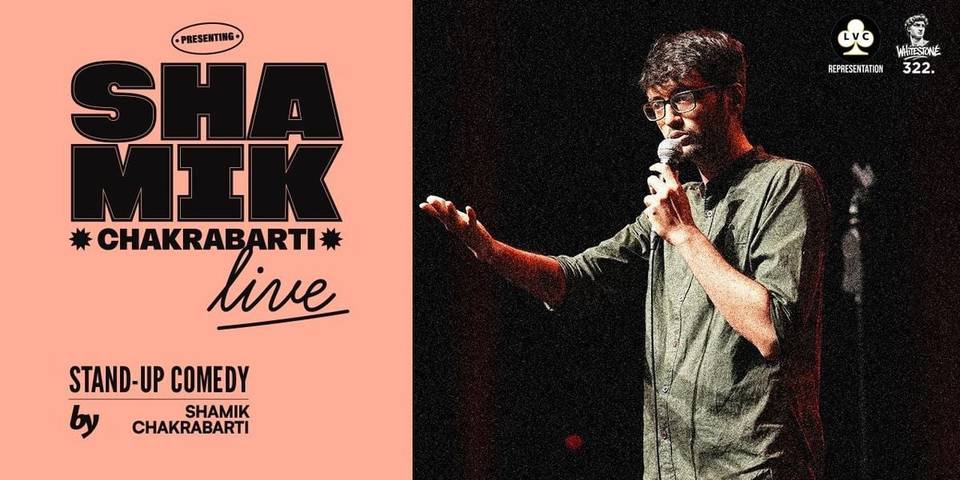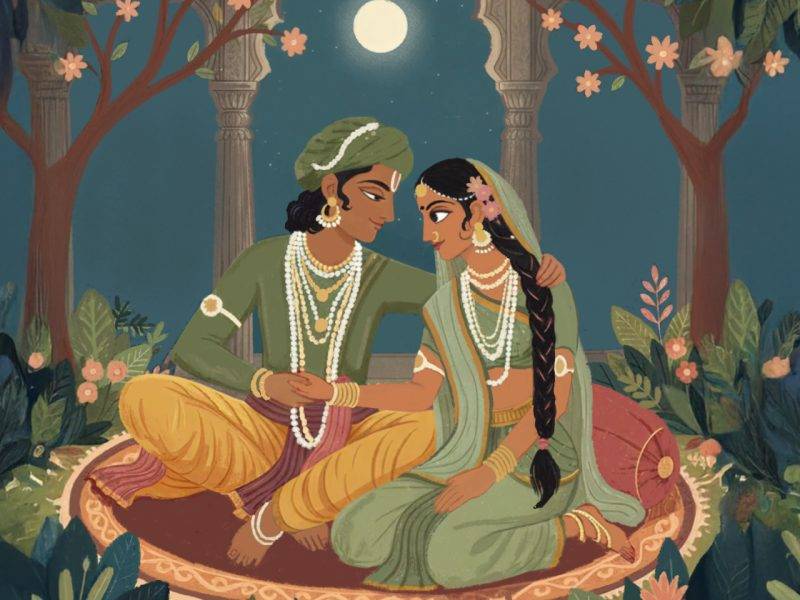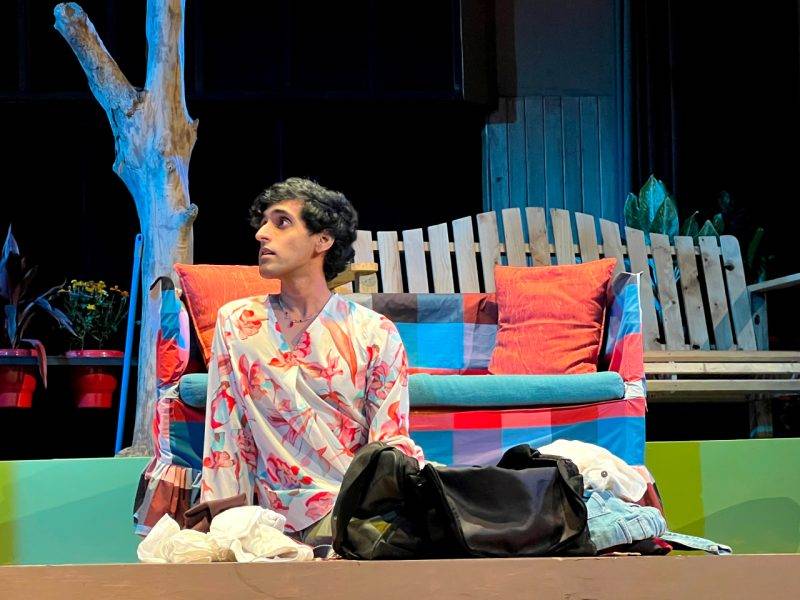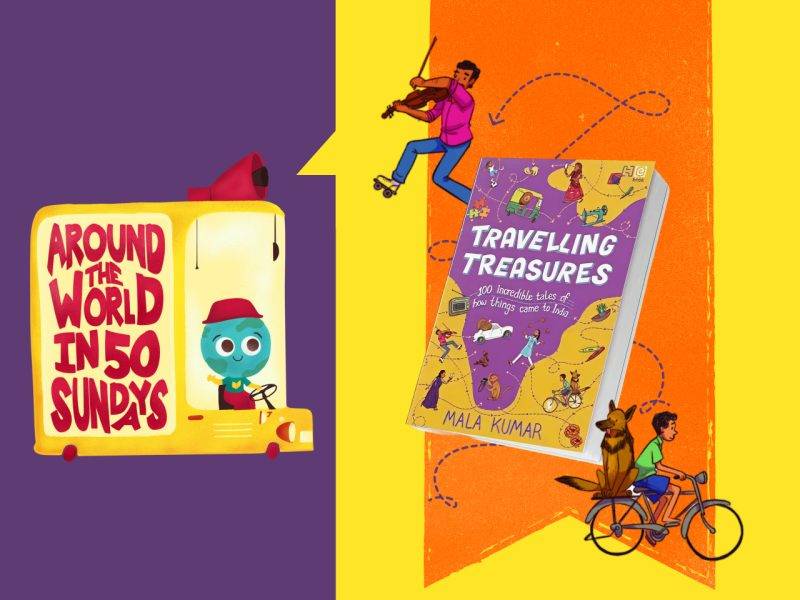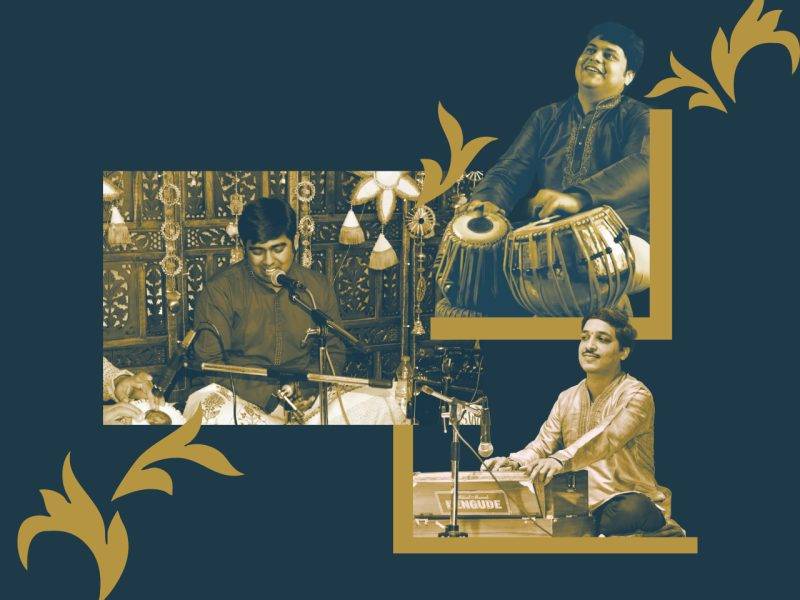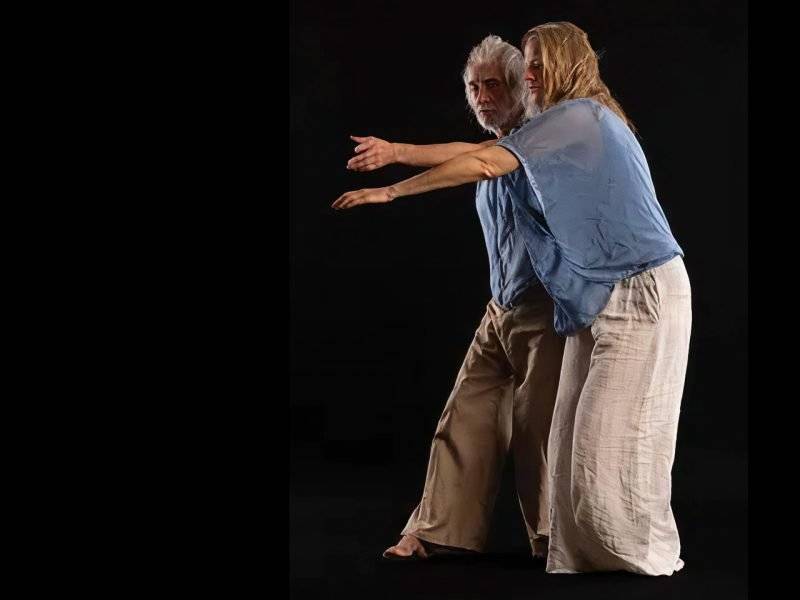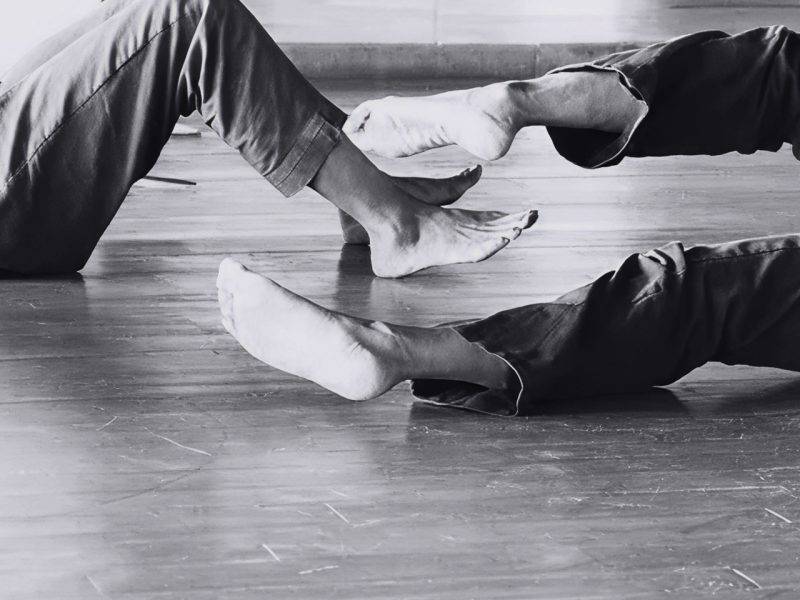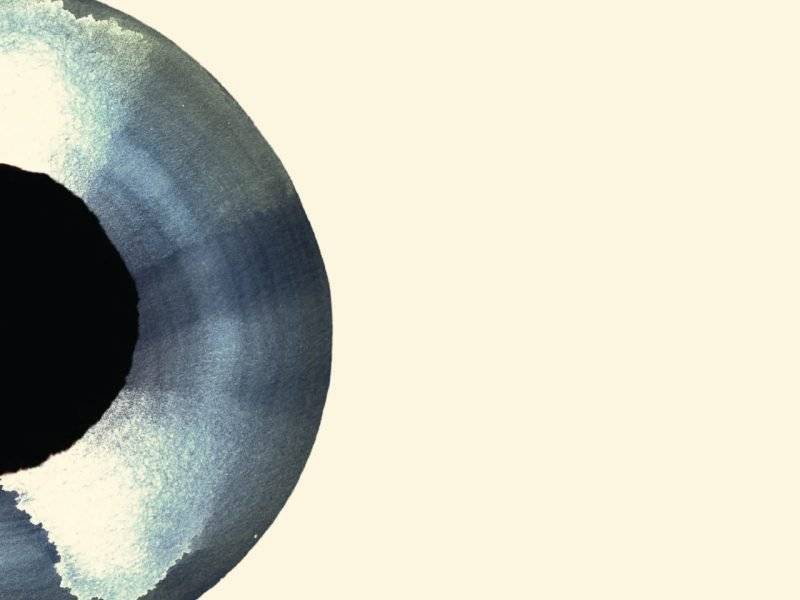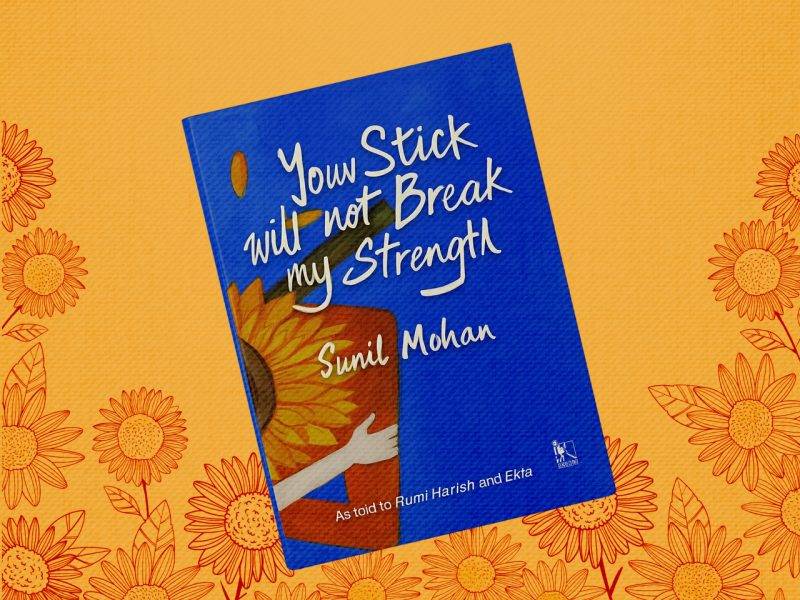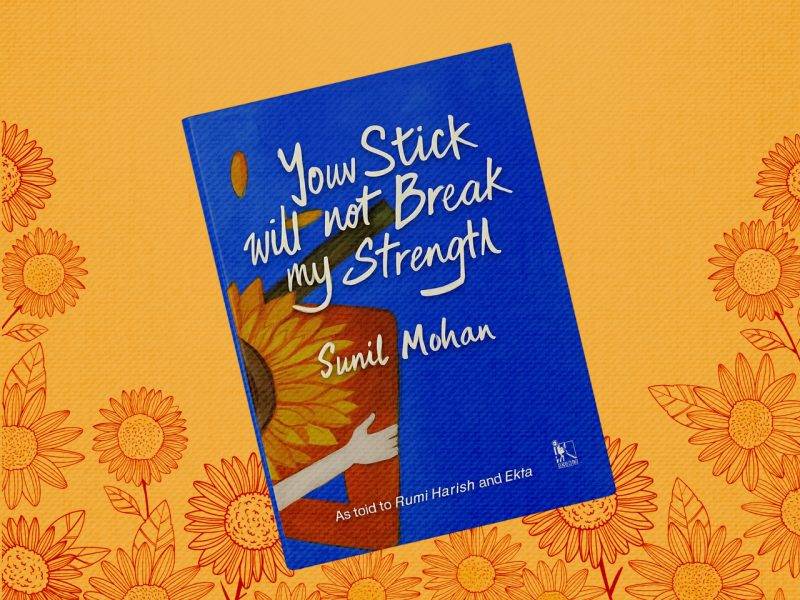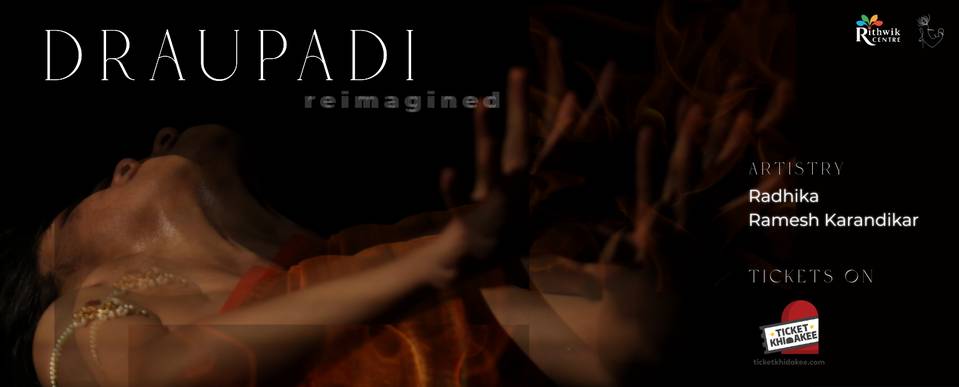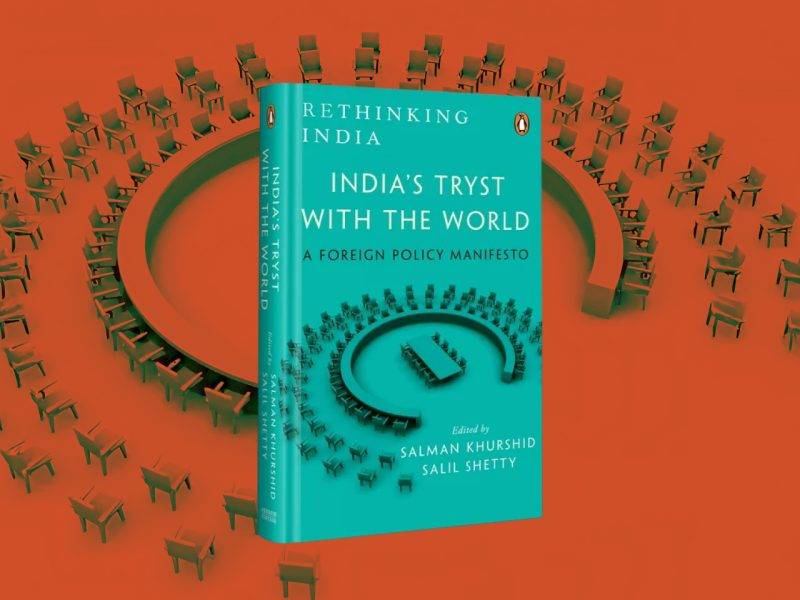Noori Nastaleeq - Shaping Language and Politics in Everyday Urdu Print Culture
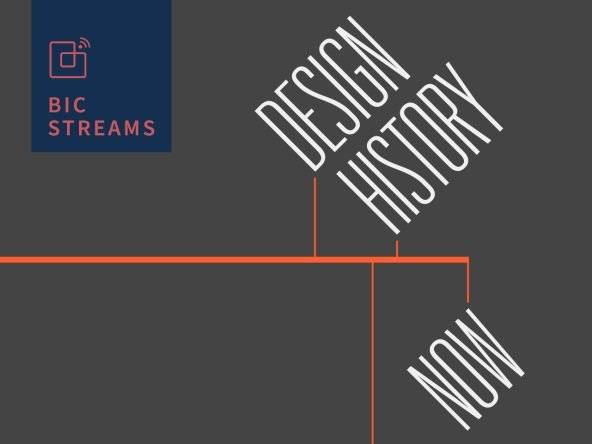
Details
Nov 27 2023 to Nov 27 2023 6:30 p.m.
EVENT HAS ENDED
Price: Register Book/Buy
Where
Bangalore International Centre
7 4th Main Rd, Stage 2, Domlur 560071
Event Description
Urdu’s print culture is remarkable in that design strategies dating from 19th century Urdu manuscripts and lithographs remain widely in use across city shop fronts, posters, local newspapers, and books. The continued relevance of traditional and historical ways of arranging text belies Urdu’s fraught relationship with typesetting technologies. Central to Urdu’s print culture is the hegemonic use of Lahori Nastaʿlīq, an adaptation of the Perso-Arabic script style of Nastaʿlīq. Nearly all Urdu print material, from road signage to children’s books, are typeset in Lahori Nastaliq style fonts, in particular the font Noori Nastaleeq. This font was released in 1981 and designated an “Invention of National Importance” by the government of Pakistan.
In this talk Abeera Kamran will discuss how communal identity and nationalistic sentiment have shaped the relationship between Urdu and Lahori Nastaʿlīq. In particular, Kamran will examine the unconventional way in which Noori Nastaleeq was designed and the serious consequences these design decisions have had on language, politics and technology for Urdu.
This talk is part of the Design History Now, a series exploring design histories that connect to our contemporary moment. The series brings together a selection of speakers who engage with design as a social, political and ecological agent, and consider how design is in turn shaped by these forces. The intention is to offer a vision of design history that is deeply critical in its approach, and in tune with its contemporary relevance and purpose.
*This is a webinar (online only). Register.
